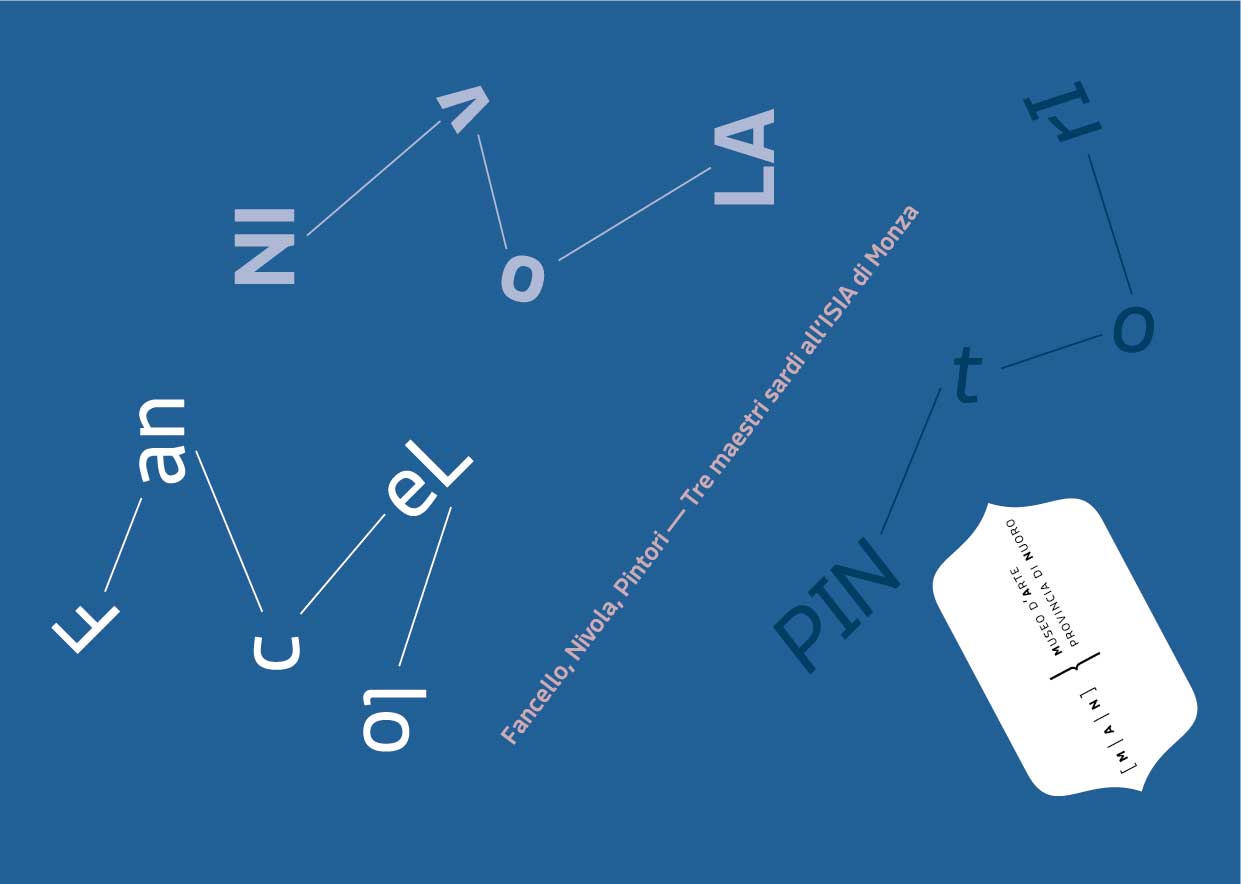The project wants to pay homage to the figures of the three artists, Costantino Nivola (Orani, 1911 – Long Island, 1988), Giovanni Pintori (Tresnuraghes, 1912 – Milan, 1999), Salvatore Fancello (Dorgali, 1916 – Bregu Rapit, 1941) at following the celebrations for the 100th anniversary of the foundation of ISIA, through an exhibition itinerary that will take place in the MAN and the Salvatore Fancello Civic Museum of Dorgali.
The two institutions, in a synergistic manner and through an important institutional collaboration, will prepare a series of collateral events aimed at valorising the works of the three ‘Sardinians of ISIA’ and the common training path.
The project boasts, as a further objective, that of strengthening the link between the MAN and local institutions, in this case with Dorgali, the birthplace of Salvatore Fancello, of which the Dorgali museum preserves, among other things, the famous ‘Disegno interrupted’ from 1938, donated by the artist to Costantino Nivola on the occasion of his wedding.
The permanent collection of the MAN houses a precious nucleus of the most representative works of the three artists, starting from the loan of Giovanni Pintori with 160 works, followed by the corpus of works by Salvatore Fancello, including the two sculptures Female Figure and Boars.
In 1931 the three artists won a scholarship from the Chamber of Commerce of Nuoro to attend courses at the ISIA (Higher Institute for Artistic Industries), the famous school created in Monza on the initiative of the Umanitaria of Milan. The institute, active from 1922 to 1943, attracted great personalities from the artistic world from its early years to whom it entrusted the teaching of technical and creative subjects. In fact, architects such as Giuseppe Pagano and Edoardo Persoli, the sculptors Marino Marini and Arturo Martini and the painter Pio Semeghini passed through its classrooms. At the same time, the school revealed itself to be a place of experimentation, study, growth and innovation.
Fancello, Nivola and Pintori collaborated, starting from 1936, with the Olivetti Technical Advertising Office, directed by Renato Zveteremich, a true pioneer of advertising graphics. In the mid-1930s, Pintori and Nivola were the designers of innovative posters and some exemplary publications, which marked the famous “Olivetti style”. Fancello, despite frequenting the Milan offices of the Ivrea company, preferred to dedicate himself to ceramics.
Nivola and Pintori jointly created the posters for the first Olivetti Studio Model 42, of which the exhibition documents all the stages of production and promotion. The Sardinian masters together created poetic and effective images, made of evocative symbols and visual games. Their talent contributed to distinguishing the strong graphic identity of the Italian company in the world. Costantino Nivola, recalling his work in the Advertising Office in those years, wrote “Adriano Olivetti demanded that the entire visual aspect of Olivetti be done on an artistic level”.
To accompany the exhibition itinerary, the project also includes the in-depth study, through archive research, of documents and photographs, including some unpublished ones that have recently emerged in private collections. The exhibition is enriched by a catalog that documents the association of Sardinian masters in the wake of the enlightened and avant-garde spirit of a school that created an era.


